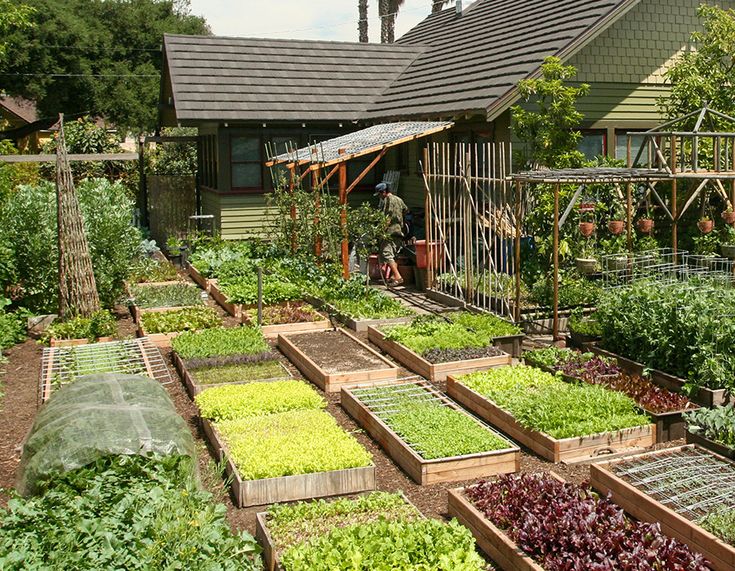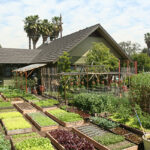In today’s world, the concept of a climate resilience 15 acre homestead has gained significant importance. With fluctuating weather patterns and environmental challenges, creating a homestead that is resilient to climate change is crucial. Whether you’re a seasoned homesteader or just starting, understanding how to build a sustainable and resilient homestead on 15 acres can be a transformative journey.

What is a Climate Resilient Homestead?
A climate resilient homestead is designed to withstand and adapt to changing climate conditions. It involves implementing strategies that reduce vulnerability and increase the ability to recover from environmental stresses. This includes integrating sustainable practices, conserving resources, and enhancing biodiversity.
The Importance of a 15 Acre Homestead
A 15-acre homestead offers ample space to implement various sustainable practices. It provides opportunities for diverse agricultural activities, energy production, and habitat conservation. With the right strategies, you can transform your 15 acres into a self-sufficient and resilient ecosystem.
Planning Your 15 Acre Homestead
Effective planning is essential for a successful climate resilience 15 acre homestead. Start by assessing the land’s natural resources, such as soil quality, water availability, and existing vegetation. Develop a comprehensive plan that includes crop rotation, water management, and renewable energy solutions.
Utilizing Renewable Energy
Incorporating renewable energy sources like solar panels and wind turbines is a key aspect of building a resilient homestead. These technologies reduce reliance on fossil fuels and lower carbon footprints. For inspiration, explore our sustainability journey to see how solar power can be integrated into your homestead.
Water Conservation Techniques
Water is a vital resource, especially in a homestead setting. Implementing rainwater harvesting systems and efficient irrigation methods ensures a reliable water supply. These techniques not only conserve water but also reduce the impact of droughts and water scarcity.
Soil Management and Crop Diversity
Healthy soil is the foundation of a productive homestead. Practice soil conservation techniques such as mulching, composting, and cover cropping. Diversifying crops enhances resilience by reducing the risk of total crop failure due to pests or extreme weather.
Integrating Livestock
Livestock plays a crucial role in a resilient homestead. Animals provide manure for compost, help manage vegetation, and can be a source of food. Learn more about caring for livestock throughout the year on a 15-acre homestead.
Permaculture Design
Applying permaculture principles can enhance the resilience of your homestead. This approach involves designing agricultural systems that mimic natural ecosystems, promoting sustainability and biodiversity. Consider incorporating food forests, swales, and guilds into your homestead design.
Community and Knowledge Sharing
Building a resilient homestead is a continuous learning process. Engaging with local communities and knowledge-sharing platforms can provide valuable insights and support. Participate in workshops, forums, and online groups to connect with like-minded individuals.
Adapting to Climate Challenges
Climate change presents various challenges, including unpredictable weather patterns and extreme events. Stay informed about local climate projections and adapt your homestead strategies accordingly. Flexibility and adaptability are essential for long-term resilience.
Economic Sustainability
Creating a climate resilient homestead also involves economic sustainability. Explore diverse income streams such as selling produce, offering workshops, or hosting eco-tourism activities. Economic resilience ensures the sustainability of your homestead in the face of financial challenges.
Benefits of a Climate Resilient Homestead
A climate resilience 15 acre homestead offers numerous benefits, including food security, reduced environmental impact, and enhanced quality of life. By fostering a connection with nature and adopting sustainable practices, you contribute to a healthier planet and a sustainable future.
Future Prospects
The future of homesteading lies in resilience and adaptability. As climate change continues to impact our world, the demand for resilient homesteads will increase. By embracing innovative practices and technologies, homesteaders can lead the way toward a sustainable and resilient future.
Building Your Dream Homestead
Creating a climate resilience 15 acre homestead is a rewarding journey that requires dedication and vision. By implementing sustainable practices, conserving resources, and adapting to climate challenges, you can build a homestead that thrives in harmony with nature.

FAQs
What is the significance of a 15-acre homestead?
A 15-acre homestead provides ample space for diverse agricultural activities, renewable energy solutions, and habitat conservation, making it ideal for creating a sustainable and resilient ecosystem.
How can I make my homestead climate resilient?
To build a climate resilient homestead, incorporate renewable energy, water conservation techniques, soil management, crop diversity, and permaculture principles. Stay informed about local climate projections and adapt strategies accordingly.
What are the economic benefits of a resilient homestead?
A resilient homestead offers economic benefits through diverse income streams such as selling produce, offering workshops, and hosting eco-tourism activities, ensuring sustainability in the face of financial challenges.





